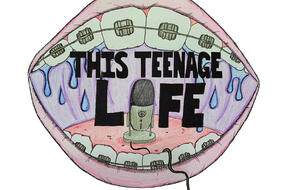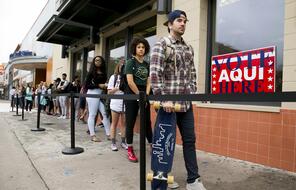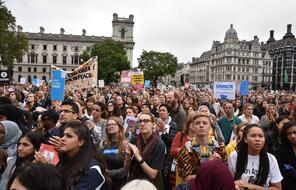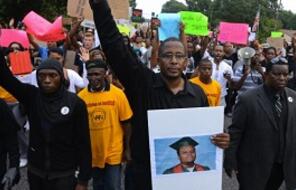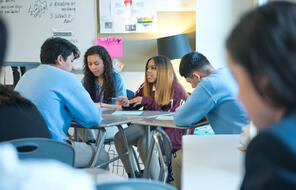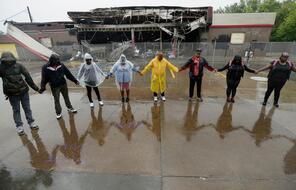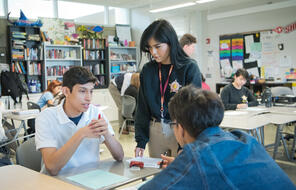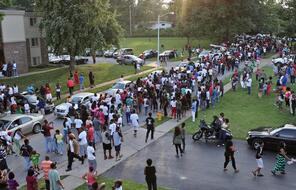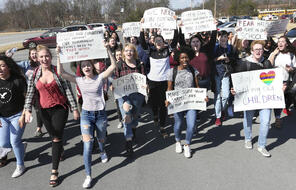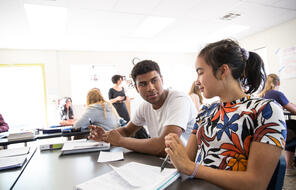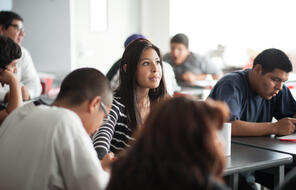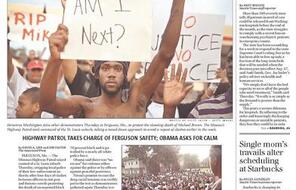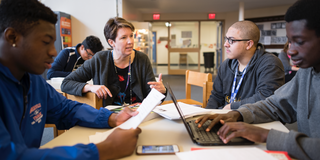
A New Generation of Young Voters Emerges
Subject
- Civics & Citizenship
- Social Studies
Grade
6–12Language
English — USPublished
Updated
Overview
About This Mini-Lesson
The 2020 presidential election saw an 11% increase in youth voting from the 2016 election (from 39% to 50%), but young people still vote at lower rates than older generations. Use the activities in this mini-lesson to explore why youth political participation matters, trends around youth voting, and ways in which young people can engage with elections.
What follows are teacher-facing instructions for the activities. Find student-facing instructions in the Google Slides for this mini-lesson.
Preparing to Teach
A Note to Teachers
Before teaching this mini-lesson, please review the following information to help guide your preparation process.
Activities
Activities
Materials and Downloads
Resources from Other Organizations
Unlimited Access to Learning. More Added Every Month.
Facing History & Ourselves is designed for educators who want to help students explore identity, think critically, grow emotionally, act ethically, and participate in civic life. It’s hard work, so we’ve developed some go-to professional learning opportunities to help you along the way.
Exploring ELA Text Selection with Julia Torres
On-Demand
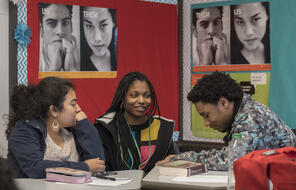
Working for Justice, Equity and Civic Agency in Our Schools: A Conversation with Clint Smith
On-Demand
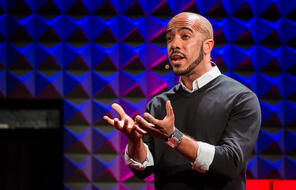
Centering Student Voices to Build Community and Agency
On-Demand
